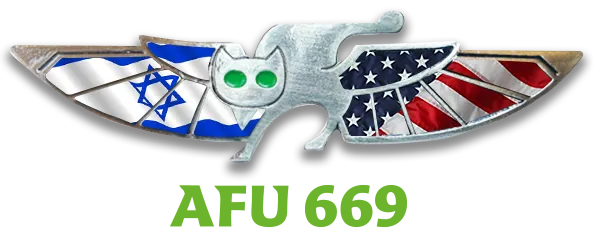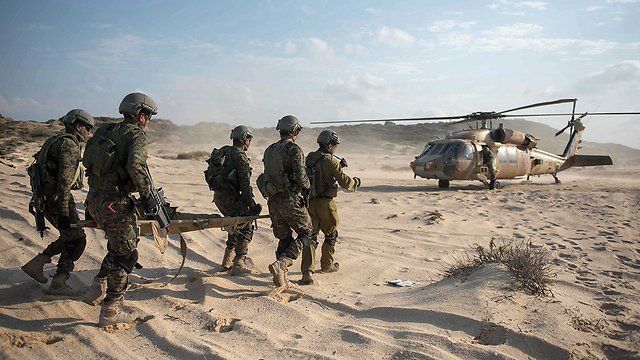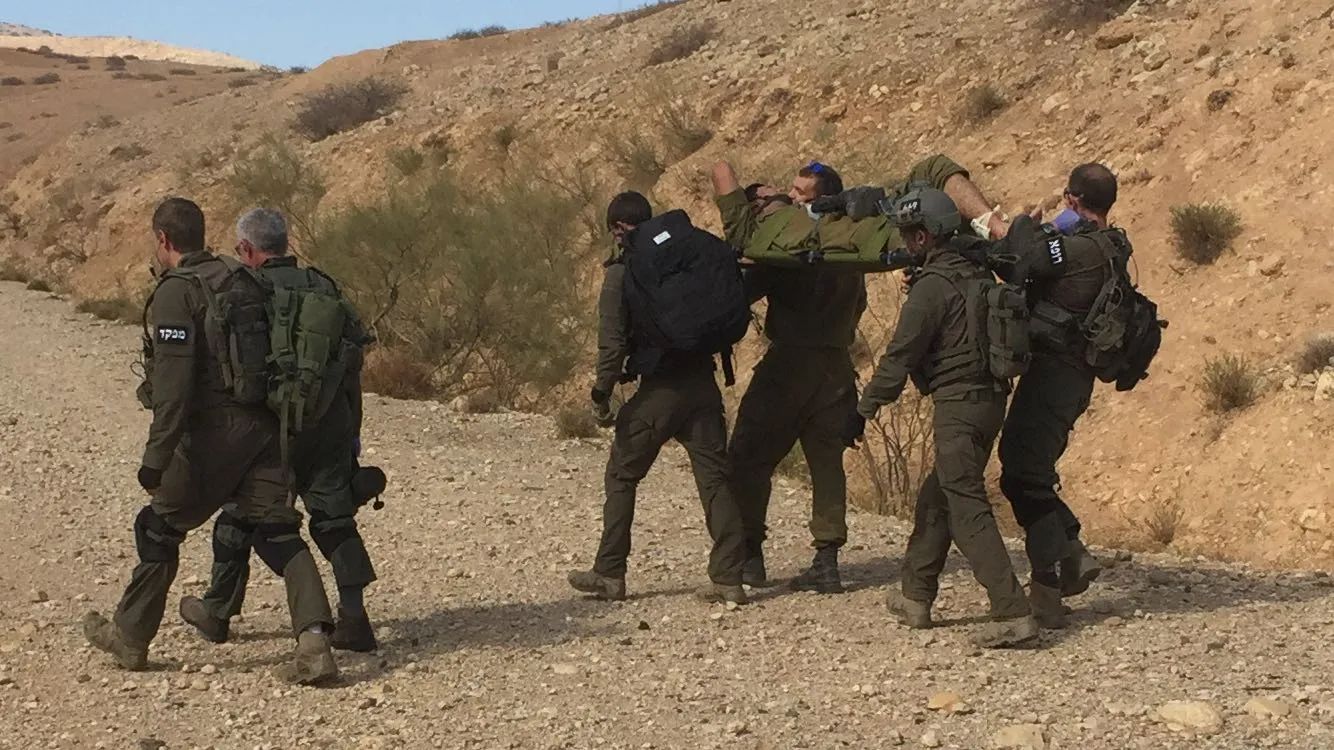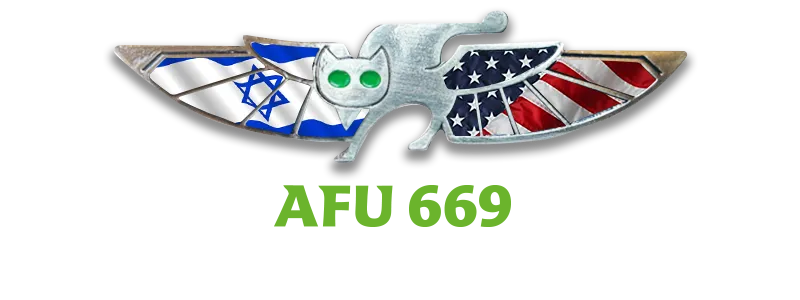ABOUT UNIT 669
Unit 669 is the Combat Search and Rescue Unit of the Israeli Air Force and is one of the premier Special Operations Units of the IDF. Founded in 1974, the Unit’s original mission was to recover ejected IAF Pilots who had been shot down from behind enemy lines. Today, Unit 669 is responsible for the rescue and evacuation of all Israeli Defense Forces personnel. From ground forces, to naval commandoes, and the Airforce, the unit’s squads are ready for action to save lives 24 hours a day, 7 days a week and 365 days a year.
UNIT 669
Additionally, 669 serves Israel’s entire civilian population in their darkest hour, no matter where they may be. Whether it be mass casualty accidents, terror attacks, car accidents, or stranded injured hikers. Unit 669 has saved thousands of lives in its 40 years of existence.
The Unit is divided into three major divisions: combat fighters, who are trained extensively in high angle rope techniques, water and scuba diving skills, medical training and aerial rescue methods. The Medical Division is made up of Israel’s top doctors and paramedics who have a history of combat training and are trained in administering the best care in the most difficult of circumstances. In order to support the unit’s operational capabilities, the Logistics Division ensures that the needs of the Unit are met with the utmost professionalism.
The Unit participates annually in many missions, either domestic or beyond the borders of Israel, civilian or military, Israeli or foreign.
BACKGROUND
Airborne Rescue And Evacuation Unit 669) is the Israel Defense Forces heliborne Combat Search & Rescue (CSAR) extraction unit, subordinate to the Special Air Forces Command of the Israeli Air Force. It is considered one of the IDF’s premier elite units. The Unit’s logo is a winged, slinking, green-eyed, black cat. The Unit’s warriors are subsequently sometimes referred to as “Cats” or “Flying Cats”.
Unit 669 was established in the year 1974 following the 1973 Yom Kippur War, during which a temporary medevac unit carried out around 5000 rescues. Initially, the unit’s primary objective was to rescue and provide initial medical care to pilots who were downed and possibly injured in hostile territory. However, over time, the unit expanded its role to include the extraction of soldiers from different branches of the Israeli Defense Forces, particularly Special Forces fighters from Sayeret units involved in operations behind enemy lines, as well as distressed seamen. With their exceptional skills and extensive expertise, Unit 669 is also capable of undertaking various other special operations missions based on the requirements of the Air Force and IDF.
TRAINING AND SPECIAL OPERATIONS
Due to the possibility of having to fight their way to casualties beyond enemy lines, unit soldiers are highly trained in special forces tactics and become highly efficient ground soldiers in addition to their high level of medical training. Their training and selection lasts 18 months and is considered to be among the most physically and psychologically demanding of the IDF. Courses that candidates must pass include:
Basic training with the IDF Paratroopers
Special operations combat medics’ course (select soldiers continue on to paramedics’ course)
Advanced land warfare including jungle warfare, desert warfare, and urban warfare
Counter-terrorism course in the IDF Counter-Terror Warfare School
Scuba Diving course and Rescue Diver course
Rappelling and high angle rescue course
Advanced helicopter infiltration and exfiltration tactics
Rescue under harsh conditions
Parachuting course in the IDF Parachuting School
Advanced solo navigation
Commanders’ course
Upon completion of their training, unit soldiers are expected to sign on for an extra 18 months of service in addition to the standard three-year mandatory service.
The defining factor of the soldier in 669 is the ability to make difficult decisions under pressure. Due to the small-team nature of the unit, every soldier is expected to be a leader. All unit combat soldiers must pass a commander’s course during their training. This is unlike typical IDF infantry units, where only minorities of the soldiers are recommended for the commander’s course. After the 18-month training pipeline in 669 and once the soldier has collected combat experience, an additional advanced commander’s course is required. This intensive course is entirely mission-based, and instructs advanced command and control methods and leadership. The advanced commander’s course also functions as a selection process: the soldiers with the highest scores are chosen to be the next generation of small-team rescue commanders of the unit.
The demands on these small-team commanders are great, including the ability to manage radio communications and issue orders simultaneously to pilots, ground forces, doctors, and their subordinate rescue soldiers. This must be done from inside the helicopter on the way to the target and on the ground after landing. Difficult decisions that can mean the difference between life and death must be made under fire and under severe time pressure, with imperfect information and no pre-mission preparation. Due to the emergency responder nature of the unit, the type of mission, time of day, and location cannot be anticipated. Therefore, these commanders and their soldiers must know all specialties from their training perfectly (diving, rappelling, etc.), because there is no time to review them when the mission siren goes off.
UNIT 669: THREE BRANCHES
A typical rescue team from 669 consists of a mix of 669 specialized warfighters and doctors. Combat and support-staff jobs are multi-ethnic, and non-combat jobs are coed. The unit itself is composed of three branches:
EXTRACTION
The “extraction” branch (Hebrew: חילוץ, Hiluz) has a company of advanced and specialized infantry men. These soldiers have passed the 18 month 669 training regimen, and have a fundamental medical background as well as the tools to execute complicated rescues on land or at sea, in peacetime or under fire.
EVACUATION
The “evacuation” branch (Hebrew: פינוי, Pinu’i) has a company of airborne doctors, paramedics, and nurses. These medical personnel are critical to the mission by bringing advanced and specialized medical knowledge and experience to the injured, both in the field and in the air on the way to the hospital.
TECHNICAL SUPPORT GROUP
The largest branch, the technical support group is composed of non-combat soldiers who assist in logistics for the unit.
NOTABLE ENGAGEMENTS
NONMILITARY ACTIVITY
DOMESTIC
During peacetime, the unit often helps rescue civilians injured during various catastrophic incidents. The unit has also served as a civilian medevac for hikers who have gotten lost or stuck and need extraction from Israel’s deserts or canyons. These civilian operations, while expensive, help train the unit fighters for their wartime roles. There is an ongoing debate whether extracted hikers should be forced to pay at least part of the extraction cost, especially in cases of hiker negligence or improper call for extraction.
FOREIGN
Unit 669 soldiers, including reservists, were among the IDF personnel sent to Nepal in late April 2015 to take part in search and rescue efforts in the aftermath of the earthquake and subsequent avalanches. In 2012, 669 sent soldiers to Bulgaria following the Burgas bus bombing which targeted Israeli tourists. In a matter of hours after the attack, the 669 soldiers were already in route to Israel with 32 of the wounded for treatment in Israel. Missions like these are unexpected, unique, and present great logistical challenges that must be overcome in extremely short time frames. Therefore, the culture of 669 requires multi-scenario planning in advance and the ability to be dynamic and adapt quickly to any situation.
